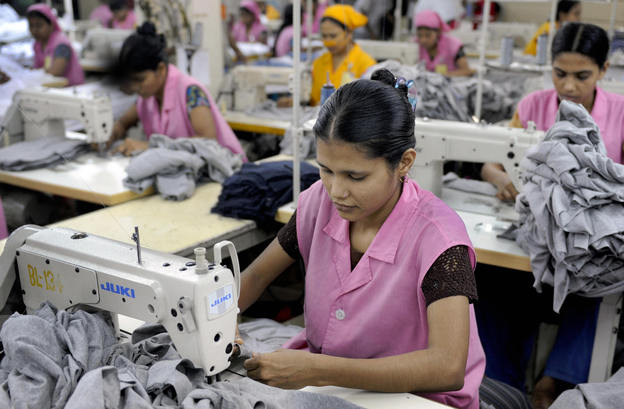Best viewed in full-screen mode (click on button at bottom left corner after loading)
A simple cotton T-shirt doesn’t seem so simple when you begin to trace the various steps in the now-standard vast global process from cotton farm to clothing shop.
The extraordinary success of "fast fashion" giants like H&M, Zana and Forever 21, lies squarely in the ability to produce a massive amount of clothing – billions of garments a year - in the cheapest, quickest manner possible. It may seem counterintuitive, then, to divide the process into manufacturing hubs scattered around the globe. But when you factor in the dramatically lower labor and material costs offered by suppliers in developing countries, the global supply chain model begins to make more sense.
In fact, the “Made In …” label on your shirt, actually only reveals one of the many probable places that the garment passed through along the way.
